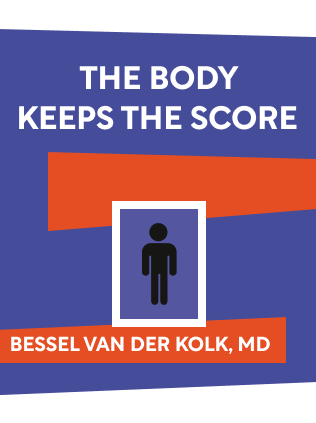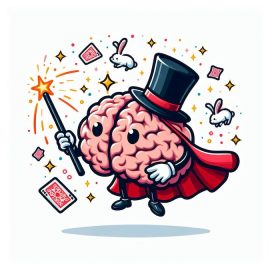

This article is an excerpt from the Shortform book guide to "The Body Keeps The Score" by Bessel van der Kolk. Shortform has the world's best summaries and analyses of books you should be reading.
Like this article? Sign up for a free trial here .
Does EMDR therapy for PTSD work? What exactly is EMDR treatment for PTSD and how can it help heal trauma?
EMDR therapy for PTSD can help people deal with traumatic memories in a way that doesn’t bring up the emotional and psychological symptoms of the trauma. In other words, people will be able to look at the trauma like just another memory.
Read more about EMDR therapy for PTSD and how it works.
EMDR Therapy for PTSD: Eye Movement Desensitization and Reprocessing (EMDR)
Eye movement desensitization and reprocessing (EMDR) is a treatment in which patients revisit their trauma while focusing on a therapist’s finger moving side-to-side. As they revisit the traumatic memory, they’re encouraged to follow the string of other memories that it may bring up, however random and unrelated they may seem.
While researchers don’t know exactly how EMDR treatment for PTSD works, the treatment helps people get in touch with loosely connected memories and images and then integrate their traumatic experience into a broader context. After EMDR therapy for PTSD, patients are able to look at the traumatic event as they would another memory — something that’s in the past, that doesn’t have power over them in the present. Furthermore, research showed that not only was EMDR more effective than Prozac, but several months after the EMDR treatment for PTSD helped patients integrate their traumatic memories they continued to improve.
In contrast to exposure therapy, which aims to desensitize patients through repeatedly revisiting the traumatic memory, EMDR treatment for PTSSD uses the trauma as merely a starting point leading to other thoughts and memories. EMDR therapy for PTSD simultaneously gives patients a sense of agency by engaging their body — with the eye movements — as they experience the intense emotions triggered by the memory. The treatment activates images, sensations, thoughts, and emotions to help patients achieve a sense of completion and control over the traumatic experience.
Unlike other forms of therapy, EMDR patients don’t have to verbalize the memories they’re having in order for EMDR to work; they can go through the whole process without saying a word. Additionally, an EMDR patient doesn’t need to trust or even like her therapist in order for the treatment to be effective. This makes EMDR treatment for PTSD especially valuable for trauma survivors, who often struggle to trust others.
Studies of EMDR’s effectiveness showed that it has higher success rates for people who were traumatized as adults than those who were traumatized as children. While EMDR therapy for PTSD still helped some childhood trauma survivors, it took longer and impacted a smaller percentage of study participants (25% after eight months, compared to 73% of adult-onset trauma survivors). As we discussed earlier in the summary, childhood trauma creates unique mental and physiological problems, and EMDR can’t necessary resolve betrayal and abandonment issues.
EMDR Appears to Mimic REM Sleep
Researchers believe that EMDR’s effectiveness is related to how the practice of following a therapist’s finger move back and forth mimics the way the eyes move during the rapid eye movement (REM) phase of sleep.
REM sleep is when dreaming occurs, and research has shown this sleep phase is important for regulating moods, reducing depression, and processing memories. Dreams connect and recombine unrelated pieces of memories and information, reshaping and reintegrating memories over time.
Trauma and PTSD sufferers often have trouble sleeping, and can even wake themselves up shortly after entering the REM phase when a dream includes a fragment of their trauma. Additionally, they specifically struggle to do what dreams do naturally: recombining information to form new possibilities.
EMDR therapy for PTSD may stimulate the brain in the same way that REM sleep does, helping trauma survivors to process and integrate their traumatic memories.

———End of Preview———
Like what you just read? Read the rest of the world's best book summary and analysis of Bessel van der Kolk's "The Body Keeps The Score" at Shortform .
Here's what you'll find in our full The Body Keeps The Score summary :
- How your past trauma might change your brain and body
- What you can do to help your brain and body heal
- Why some trauma survivors can't recognize themselves in the mirror






